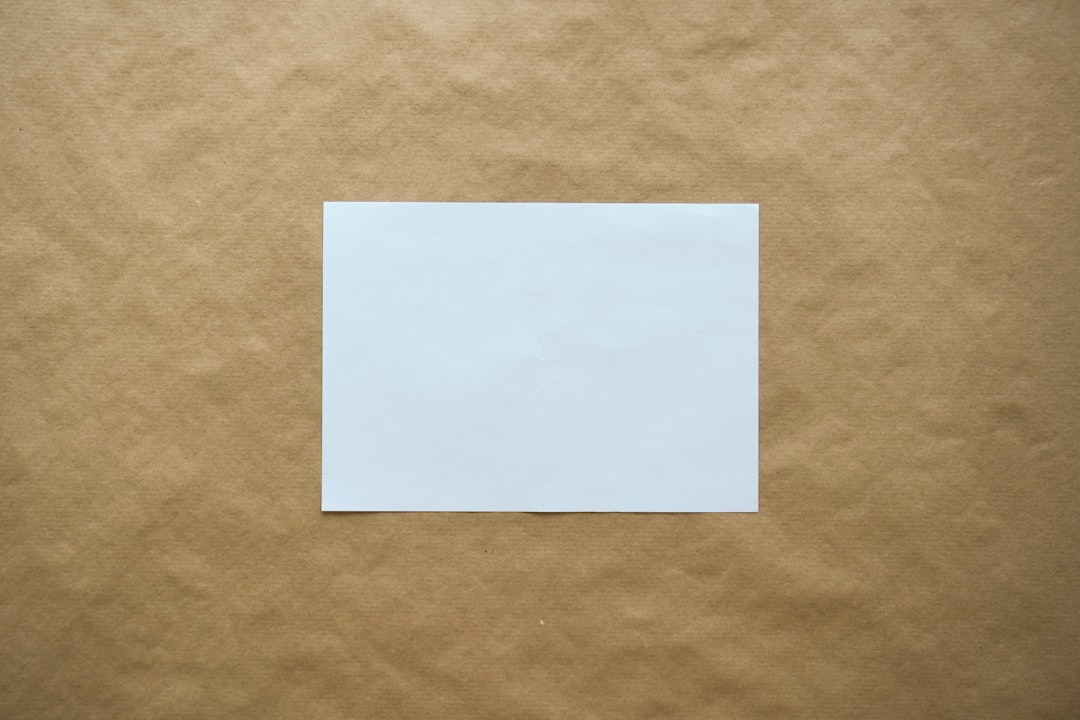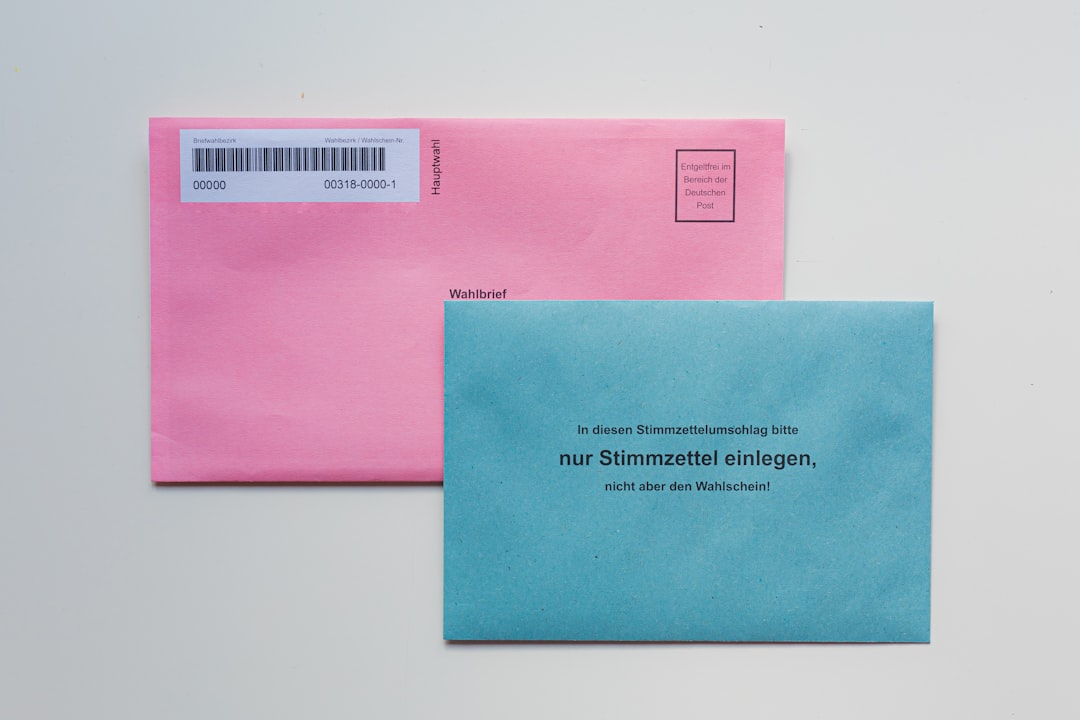When it comes to sending important documents or parcels through the United States Postal Service (USPS), ensuring proof of mailing and secure delivery is essential. Whether you’re sending legal paperwork, tax filings, or sensitive communications, using Certified Mail provides peace of mind through tracking and delivery confirmation. In this article, we will walk you through a step-by-step guide on how to send Certified Mail correctly, ensuring your critical items are handled with care and legally documented.
What is Certified Mail?
Certified Mail is a USPS service that allows the sender to receive proof of mailing and confirmation upon delivery. It is often used for important documents where the sender needs verifiable evidence that an item was sent and received. A unique tracking number is assigned to each Certified Mail item, making it possible to monitor the status of the mailpiece in real-time as it moves through the postal system.
Why Use Certified Mail?
- Proof of Mailing: Certified Mail provides a dated receipt showing when and where the item was mailed.
- Tracking Availability: You can track the delivery status online at any point.
- Delivery Confirmation: Receive a confirmation when your mail is delivered, including the time and the signature of the recipient if requested.
- Legal Protection: Certified Mail is often accepted as legal evidence in court proceedings.
What You Will Need Before Sending Certified Mail
Before sending your mail, ensure you have the following materials ready:
- The mailpiece (letter, documents, or package) that you wish to send.
- A Certified Mail form (Form 3800), which you can get at any USPS location or online.
- Optional: A Return Receipt (Form 3811) if you want a physical or electronic proof of delivery with a recipient’s signature.
- Correct postage for the item, based on weight, size, and delivery options.
Step-by-Step Guide: How to Send Certified Mail
Step 1: Prepare Your Mailpiece
Begin by placing your documents inside a sturdy envelope or package. Make sure everything is securely sealed. If you choose to include a Return Receipt, do not seal the envelope until the form is properly filled and attached, as some parts need to be inset or stapled to the outside of the package.
Step 2: Fill Out Certified Mail Form 3800
This green and white label includes a barcode and tracking number. It needs to be affixed to the upper part of your envelope or package. You’ll enter the recipient’s address and your return address as you normally would. Be sure to fill out:
- The recipient’s complete address.
- Your return address.
- The tracking number from the label on your receipt (keep this for records).

The USPS clerk will also stamp the form when taking your mail, which will act as your official proof of mailing.
Step 3: Decide on Additional Services
USPS offers additional services you can add to Certified Mail for higher levels of assurance. These include:
- Return Receipt (Green Card): Gives you back a postcard signed by the recipient as proof of delivery.
- Return Receipt (Electronic): Offers delivery proof via email with the recipient’s signature.
- Restricted Delivery: Ensures the mail is only delivered to the addressee or an authorized agent.
Additional fees apply to these services, so it’s important to ask the USPS clerk for a full price guide before finalizing your selection.
Step 4: Apply the Forms to the Envelope
Attach the Certified Mail label (Form 3800) to the front of your envelope. If using a Return Receipt, place it on the back side of the envelope or follow the instructions provided on the form. Ensure all barcodes are visible and not covered, torn, or bent.
Step 5: Take It to the Post Office
Certified Mail cannot be dropped into a standard mailbox. You must bring it to the post office in person. When you arrive at the counter, present the mailpiece and inform the clerk that it’s Certified Mail. They will verify the documents, weigh the package, and apply the appropriate postage before handing over your official mailing receipt.
Step 6: Keep Your Receipt Safely
The USPS-issued receipt includes your tracking number and the date and location of mailing. Keep it in a secure location. If you requested a Return Receipt, the recipient’s signed card will typically arrive within a few days to a few weeks, depending on delivery speed.
How to Track Certified Mail
Once your mailpiece is on its way, you can monitor its status through USPS Tracking services using the tracking number listed on your Form 3800 receipt.
- Go to the official USPS website.
- Enter the 20-digit tracking number into the “Track a Package” search bar.
- View the real-time progress of your Certified Mail, including any delivery or delivery attempt records.
If the item cannot be delivered, USPS will leave a notice for the recipient, and the item will be held at their local post office for a limited period.
Estimated Costs of Certified Mail
As of 2024, here are the basic rates associated with sending Certified Mail through USPS:
- Certified Mail Fee: Approximately $4.35.
- Return Receipt (Electronic): Around $2.10.
- Return Receipt (Green Card): About $3.35.
- Restricted Delivery: Additional $6.90.
- Postage: Varies based on item weight, size, and mailing class (First-Class, Priority, etc.).
Be sure to verify rates with your local USPS office as they may change based on updated postal regulations or service levels.
Tips for Sending Certified Mail
Sending Certified Mail properly requires attention to detail. Keep these tips in mind:
- Double-check addresses: Mistakes here can cause delivery delays or failed delivery.
- Keep a copy: Always create a copy of all forms and mail contents for your personal records.
- Use proper packaging: If you’re mailing documents, consider a flat-rate envelope or a rigid mailer for added protection.
- Consider a log system: If you send Certified Mail regularly, keep a log of tracking numbers, dates, and recipients for easy reference.
Common Uses of Certified Mail
Certified Mail is beneficial for situations where accountability is necessary. It is frequently used for:
- Legal notices, including eviction and court summons.
- IRS tax filings and audit information.
- Business contracts or regulatory documents.
- Termination notices and HR communications.
Conclusion
Sending Certified Mail is an effective, legally acknowledged way to ensure your documents or packages are safely delivered and accounted for. By following the steps outlined above, you can minimize the risk of lost mail and maintain a verifiable mailing history. Take time to prepare your materials carefully, understand your service options, and retain your receipts and tracking information for added assurance.
Whether you’re an individual handling sensitive documents or a business that requires legal proof of delivery, Certified Mail provides an extra layer of security and reliability you can trust.
 logo
logo



